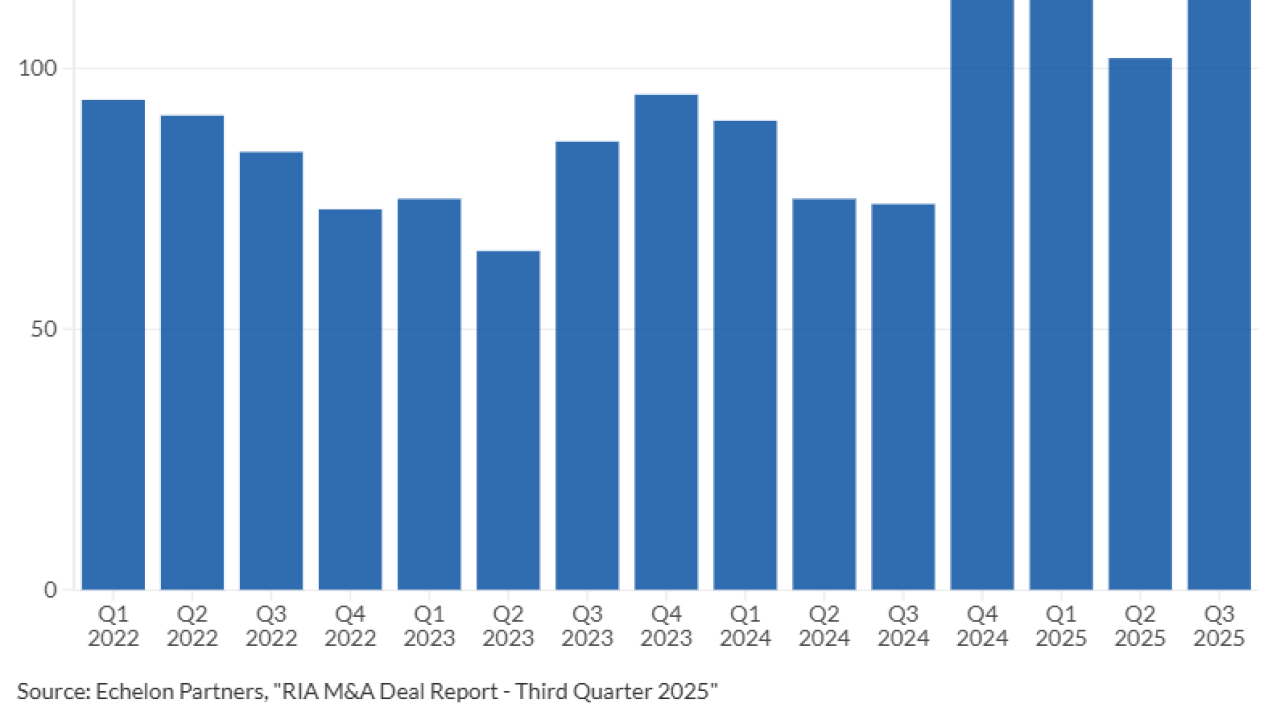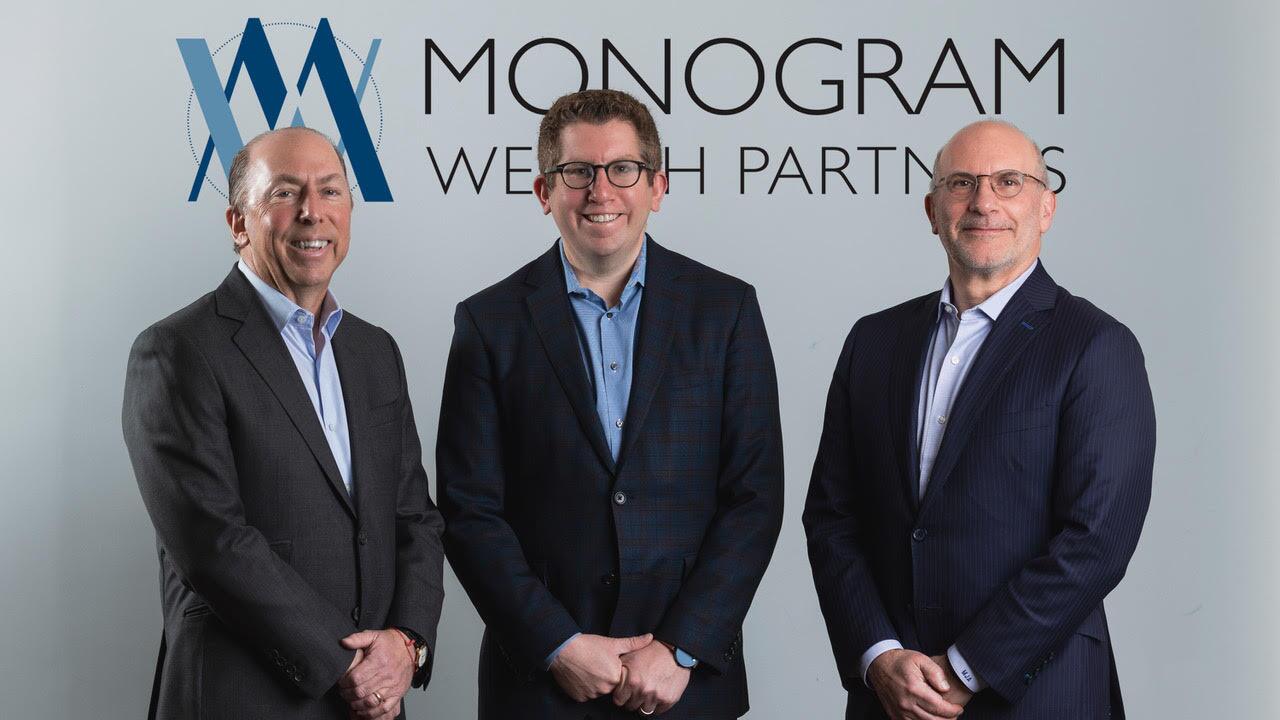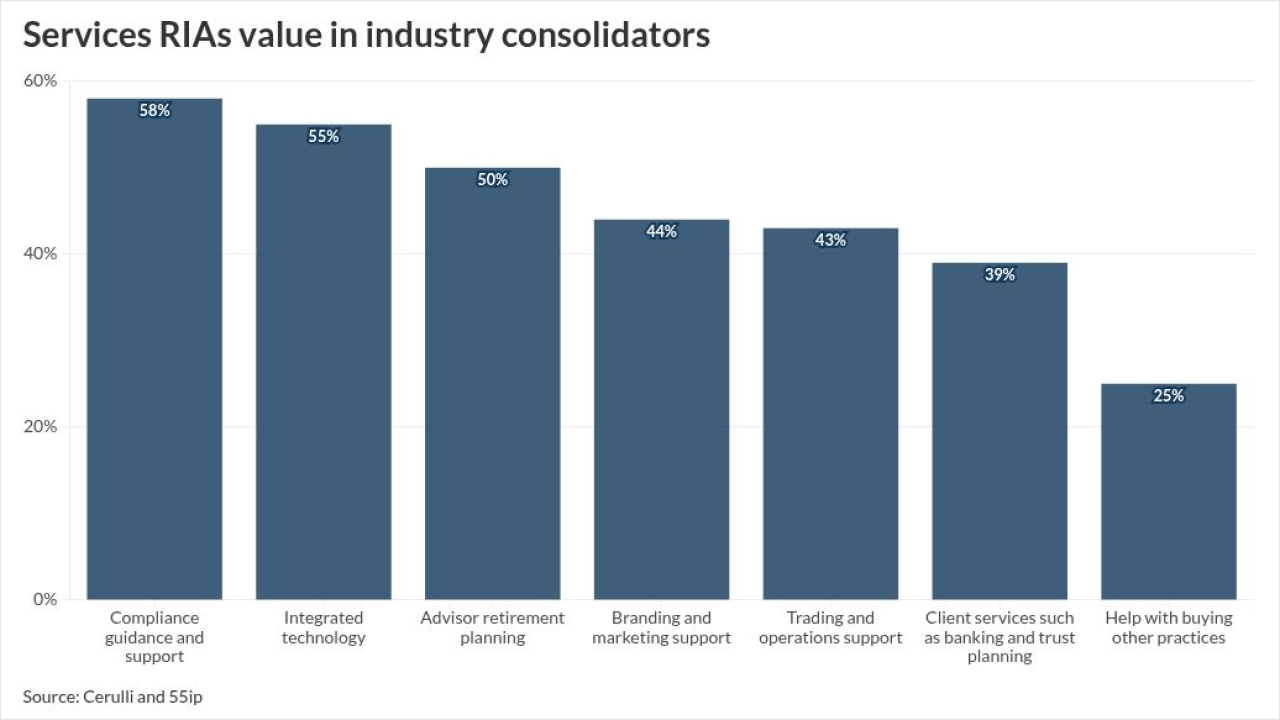Don’t get me wrong: I am a staunch supporter of digitalization — as a financial services executive it’s been my focus for more than 10 years.
And yet I have to ask: Is it possible that, in our quest to provide better access to investing through automation, we’ve forgotten the emotional connection — and in doing so set our industry up for long-term trouble with the coming generation of investors?
“Digital natives,” after all, are still human.
I’ve seen firsthand how algorithmic investing, automatic portfolio rebalancing and other automated processes have done wonders to bring down investor expenses, de-jargon investing and open the markets up to millions of everyday investors.

As an industry, we have been overwhelmingly concerned with finding ways to do things faster and cheaper. And while that’s often good for everyone, it’s also created some blind spots. As we’ve made investing more automated and introduced self-service features to make wealth management inclusive, we’ve not done a great job addressing the emotional needs of the investor. Now, perhaps ironically, that piece is reserved for wealthy clients through their trusted advisors.
The benefits of the digitally-driven disintermediation are inarguable. Look at the timeline: first we separated portfolio management from full-service advice. As robos came into the equation, we realized the entire process could be digitized, offering more choices to more customers at less cost. The digitization of trading led to commission-free trading for many security types. This innovation removed other frictions like minimum investment amounts and added self-service features via apps and the magic of software.
All good —and yet survey after survey shows customers are screaming for a consistent advisor to help them navigate their financial trade-offs. Some might assume it is the emotional hand-holding people want, but it’s more than that. Customers want a quarterback to help them piece together the key elements of their financial game plan and lead them to the end zone. Someone who understands what success truly looks like, who will bring their kids and family along for the ride, and much more. The best independent advisors do this day in and day out, but most digital providers are still working out the kinks.
More than half of the broker-dealer’s clients say they’re interested in increasing the share of socially-responsible investments in their current portfolio.
According to a NerdWallet
But to me, the most fascinating data out there illustrates not just the desire for human contact, but the age of those interested in it. The
The problem exists, and the need is there. So how do we solve it?
Only ultra-high-net-worth individuals and families have access to private banks. That means most Americans will never get to experience that level of financial service. That’s an opportunity to improve our industry. In addition to increased, smart digitization, imagine low-cost advice that meets the human need for a holistic financial plan, going beyond mere account aggregation and addressing life stages, family situations and future plans. I have no doubt the next big alteration in our industry will be replicating the private bank/family office model for the average consumer, not just the 1%, 2% or 3%.
But how? As an industry we see multitudes of women leave their advisor after the passing of a spouse. So, too, do next-generation clients who inherit (typically Xers and Yers). We need to ask ourselves why and to do that we need to take a close look whether traditional advisory models are designed and staffed to address the demographic shifts that require inclusion in the model.
At my firm, we have the advantage of being born fully digital without brick and mortar. Our country’s COVID-19 experience helped us realize that — across demographics — we can be comfortable with online services of all kinds. So, any solution must build on that digital footprint, adding dedicated financial advice in a way that augments and feels consistent with the digital experience.
After cracking the logistics comes the next step: forming the team. It is easy to find an experienced financial advisor with a high IQ. But today’s client also needs an advisor with a high EQ (emotional quotient). Think of the ideal FA as having the head of a capitalist and the heart of a social worker.
Our mandate is becoming clearer by the day: deliver fintech, but don’t forget to give it a heart.






